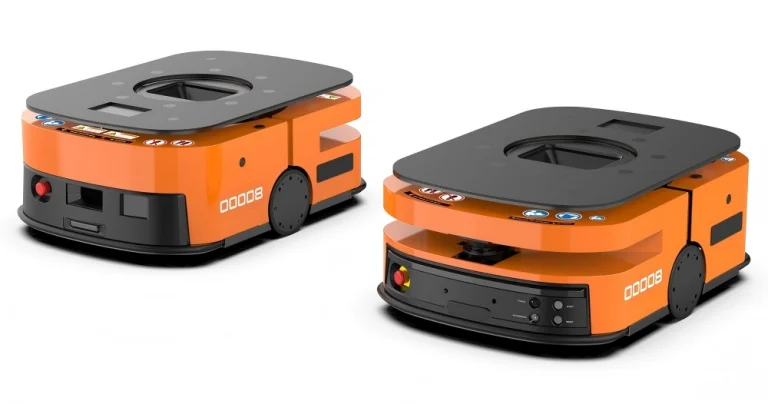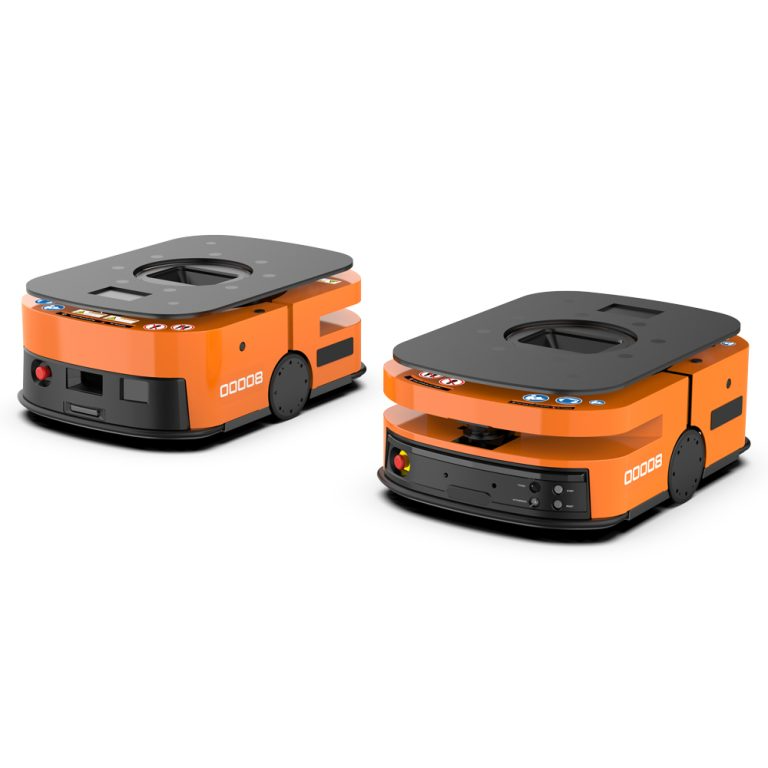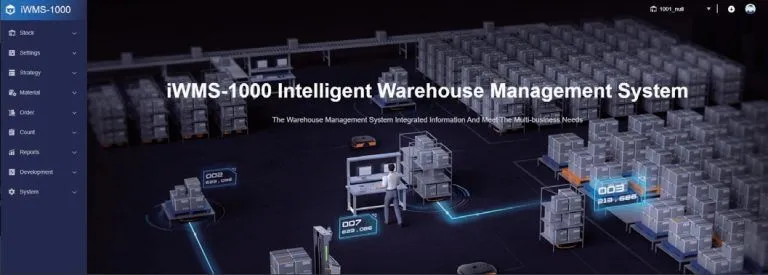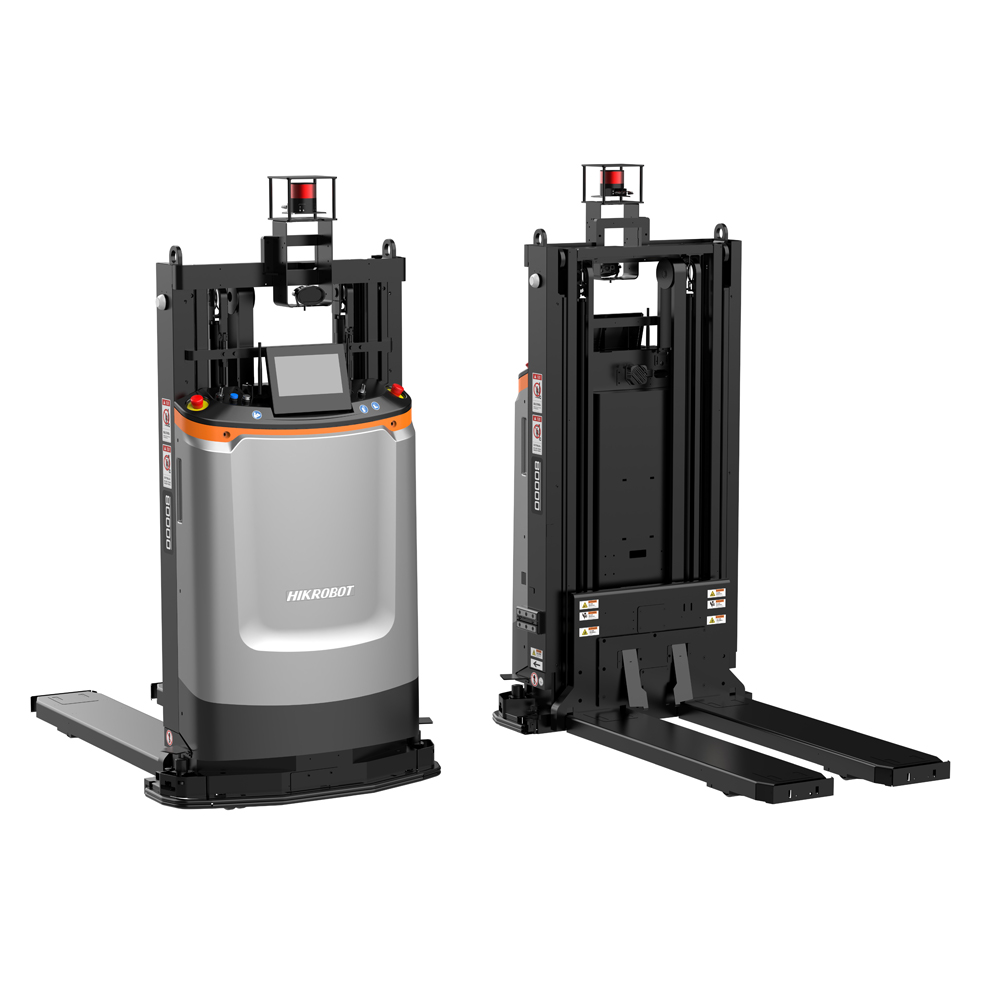
Hey there, if you’re knee-deep in warehouse ops or factory logistics, you’ve probably heard the buzz about autonomous mobile robots—those clever machines that zip around on their own, dodging obstacles and hauling stuff without a human in sight. They’re not just sci-fi gadgets anymore; they’re popping up in all sorts of industries, from e-commerce hubs to auto plants. But before you dive in and start picturing a robot army taking over your floor, let’s break it down. What’s the real deal with these bots? Do they live up to the hype, or are there hidden headaches? In this post, we’ll chew over the pros and cons of autonomous mobile robots, pulling from real-world scenarios and a bit of industry know-how. Stick around, and by the end, you’ll have a clearer picture of whether they’re a fit for your setup.
What Are Autonomous Mobile Robots Anyway?
First off, let’s get on the same page. Autonomous mobile robots, or AMRs, are basically self-driving carts or forklifts that map out their surroundings, plan routes, and navigate without needing tracks or tapes on the floor. Unlike older automated guided vehicles that follow fixed paths like they’re on rails, AMRs use fancy sensors, AI, and mapping tech to adapt on the fly. Think of them as the Roomba of industrial spaces—but beefed up for heavy lifting.
I’ve seen these in action at a mid-sized electronics factory where they shuttle parts between assembly lines. No more waiting for a forklift driver who’s on break. But hey, not every spot is ready for them. If your facility’s layout changes weekly or you’ve got folks and machines crisscrossing everywhere, AMRs might shine. On the flip side, if things are super predictable, maybe stick with simpler tech. Anyway, let’s jump into the good stuff.
The Pros of Autonomous Mobile Robots
Man, the upsides here can really turn heads. These robots aren’t just about cutting corners; they tackle some gritty problems in logistics and manufacturing. Based on what I’ve gathered from chatting with ops managers and digging into case studies, here are the big wins.
No Need for Fancy Guiding Setup
One standout perk? AMRs don’t demand a ton of infrastructure tweaks. Forget laying down magnetic strips or wiring up beacons— they build their own maps using lasers and cameras. In a bustling warehouse I visited last year, they rolled out AMRs in under a week. No ripping up floors, just plug and play. That means lower upfront costs and less downtime. Picture this: your team spends days installing tracks for older bots, but with AMRs, you’re up and running fast, freeing up cash for other upgrades.
Thriving in Chaos
These things love unstructured spots. Factories with moving equipment, random pallets, or even people darting around? AMRs handle it like pros. Their AI lets them remap and reroute in real time. Take a retail distribution center during holiday rush—boxes everywhere, staff hustling. An AMR spots a blocked aisle, swerves around it, and keeps deliveries on track. No stopping dead like some rigid systems. This adaptability cuts delays big time; one report I skimmed showed efficiency boosts up to 30% in dynamic environments.
Dodging Obstacles Like a Champ
Obstacles? Pfft. AMRs don’t freeze up—they plot new paths instantly. I remember a story from an auto parts supplier: a spilled crate blocked the main route, but the robot just detoured without a hitch, keeping the line fed. This keeps things flowing, reducing bottlenecks that eat into productivity. Plus, it’s safer; fewer crashes mean less damage to goods or gear.
Scalability That’s Actually Easy
Want to add more bots or switch workflows? AMRs scale without drama. Reprogram them for new routes or even a whole new building—no experts needed beyond basic setup. In manufacturing, where product lines flip seasonally, this flexibility is gold. A 3C electronics plant might ramp up for phone assembly one month, then pivot to laptops. AMRs adjust quick, unlike fixed conveyor belts that’d need overhauls.
Playing Nice with People
Safety’s huge, right? Modern AMRs pack vision tech and AI to work alongside humans without issues. They slow down near folks, stop if needed, and even share spaces with forklifts. This slashes injury risks—think back strains from heavy lifts gone. In food processing, where hygiene matters, robots handle the grunt work, letting people focus on quality checks. Win-win.
To sum it up in a quick table for the visual folks:
| Pro | Why It Rocks | Real-World Example |
| No guiding infrastructure | Saves time and money on setup | Quick rollout in e-commerce warehouses |
| Handles unstructured areas | Adapts to changes fast | Busy retail centers during peaks |
| Obstacle avoidance | Keeps operations smooth | Auto factories with random spills |
| Scalable and flexible | Easy to expand or tweak | Seasonal manufacturing shifts |
| Safe around humans | Reduces accidents | Shared spaces in pharma plants |
These perks stem from tech leaps in sensors and machine learning, making AMRs a solid pick for folks chasing efficiency.
The Cons of Autonomous Mobile Robots
Alright, let’s not sugarcoat it—nothing’s perfect. AMRs have their downsides, and ignoring them could bite you later. From what I’ve heard in industry forums and seen in deployments, here’s where they might trip you up.
Extra Infrastructure Sneaks In
Sure, no tracks, but sometimes you still need tweaks like pallet stands or charging spots. In one energy sector project, they had to add raised platforms for better docking— not a deal-breaker, but it adds to the bill. If your floor’s uneven or layouts are tight, prep work piles up. It’s minimal compared to old-school bots, but factor it in.
Wi-Fi Woes
AMRs crave data, so spotty Wi-Fi can stall them. Depending on your spot, you might need full coverage upgrades. A rural manufacturing site I know of struggled with this; no 5G nearby meant wiring the place. It’s doable, but if your facility’s huge or remote, costs climb. And downtime from connectivity glitches? Frustrating as heck.
The cons list is shrinking with tech advances, but it’s worth weighing:
- Potential add-ons like stands eat into budgets.
- Network demands could mean IT overhauls.
- Upfront learning curve for staff—though that’s short-lived.
In heavy industries like metal processing, where loads are massive, AMRs might not yet match human intuition for tricky spots. But hey, that’s evolving quick.
Introducing Wesar Intelligence: Your AMR Supplier
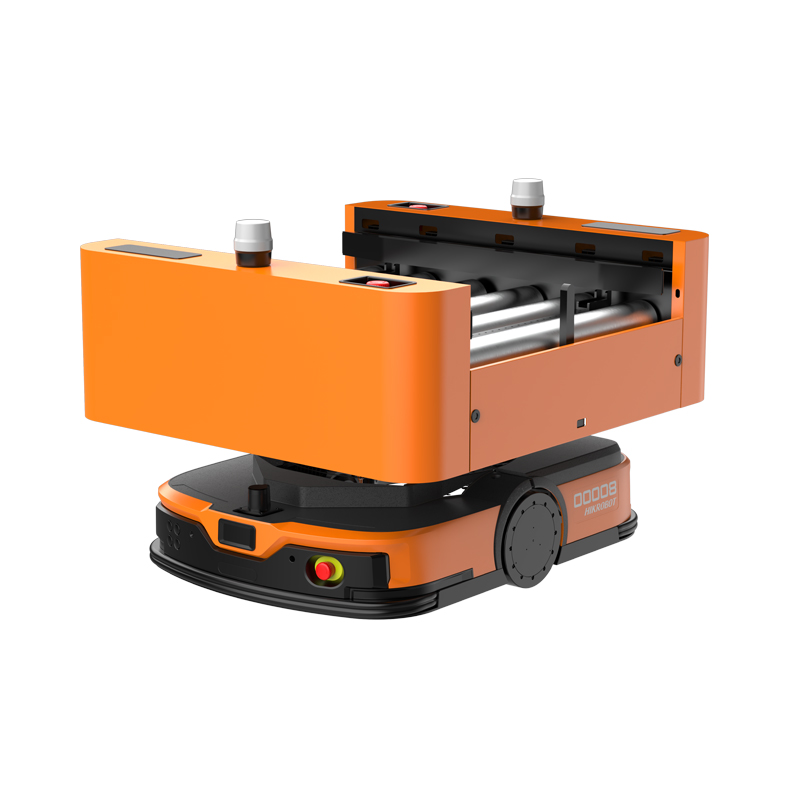
Before we wrap this up, a quick shoutout to folks like Wesar Intelligence, who are knee-deep in this space. As a one-stop shop for intelligent factory solutions, they specialize in green logistics robots and system builds. Picture this: they handle everything from planning and software dev to manufacturing and after-sales. Their lineup includes AGV robots, warehouse management systems, automated storage, and more— all tailored to crank up efficiency in spots like 3C manufacturing or e-commerce. With a team that’s got years under their belt, they offer custom fits that monitor inventory real-time, cut errors, and keep production humming. If you’re eyeing AMRs, checking out suppliers like them could give you that edge, blending hardware with smart integrations for seamless ops.
Conclusion
Wrapping it all up, autonomous mobile robots pack a punch for boosting flexibility and cutting costs in chaotic environments, but they’re not a magic fix—mind the infrastructure needs and network setup. If your operation’s dynamic and you’re tired of manual hassles, the pros often outweigh the cons, especially as tech gets sharper. Weigh your specific setup, maybe chat with a supplier, and see if they click. In the end, it’s about making your workflow smarter, not just automated.
FAQs
What are the main pros and cons of autonomous mobile robots in a warehouse setting?
Well, the pros include killer adaptability—no fixed paths means they handle changes like champs, dodging obstacles and scaling easy. Cons? You might need Wi-Fi upgrades or minor infrastructure tweaks, which can add setup time. In warehouses, pros shine during peaks, but test your network first.
How do the pros and cons of autonomous mobile robots affect small businesses?
For smaller outfits, pros like low infrastructure needs make entry easier, saving bucks on big installs. But cons such as potential Wi-Fi investments could sting if budgets are tight. Start small— one or two bots—and scale as you see returns, like in retail where quick picking pays off fast.
Are the cons of autonomous mobile robots outweighing the pros in high-risk industries like pharma?
Not really; pros like safety around people and precise handling often tip the scale, reducing contamination risks. Cons, like needing stable connections, are manageable with good planning. In pharma, traceability boosts from AMRs make them worth it, despite minor hurdles.
Can autonomous mobile robots’ pros and cons vary by industry?
Absolutely— in auto manufacturing, pros in heavy lifting stand out, but cons like space for charging might pop up in cramped spots. E-commerce loves the flexibility for order surges, while food industry values hygiene perks. It boils down to your pain points; match ’em to the tech.


